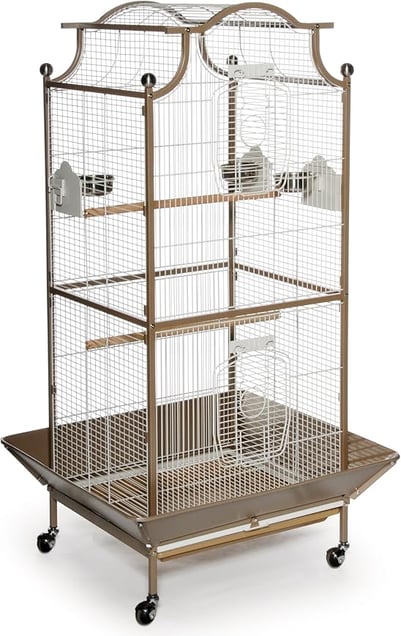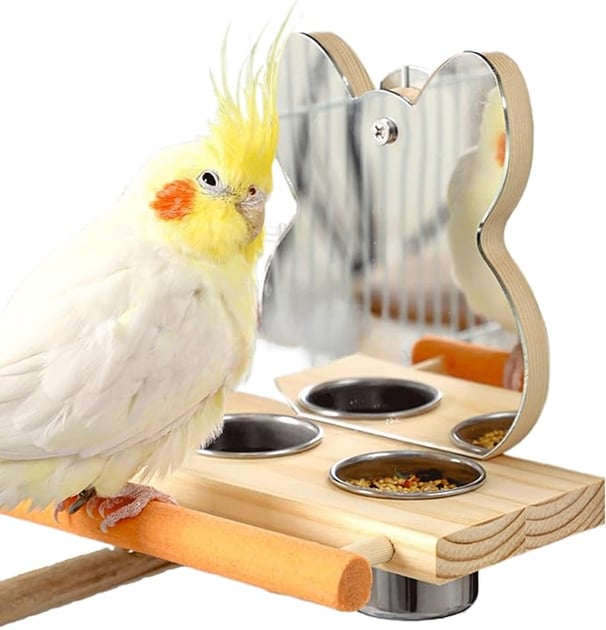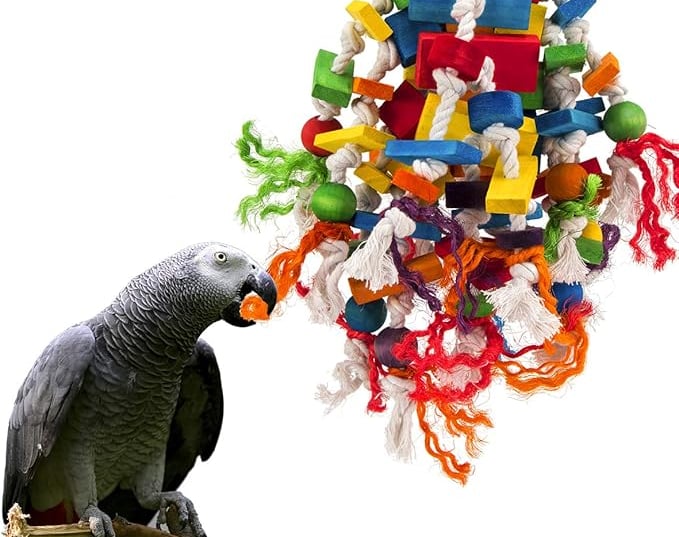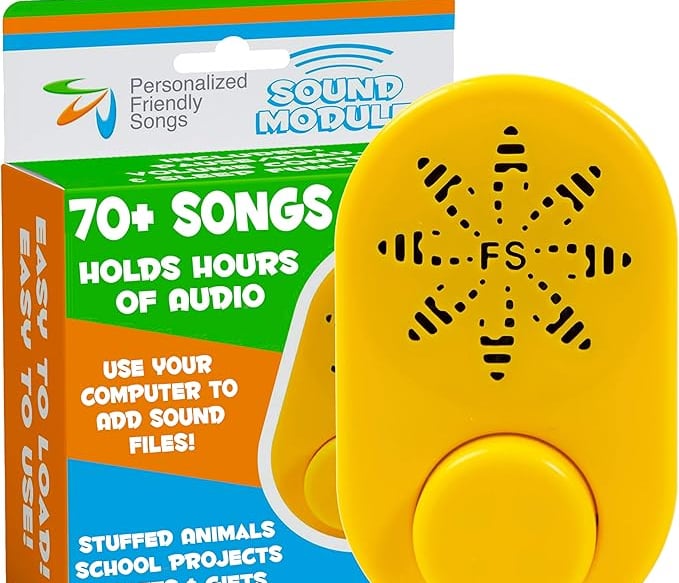How to Train Your Parrot to Talk: Proven Techniques
Is there anything cooler than a talking parrot? These amazing birds can not only mimic words but also carry on basic conversations with a little patience and the right training techniques. But if you’re new to parrot ownership, you might be wondering how to get started. Training your parrot to talk takes time and consistency, but with the right tools and strategies, you’ll have your feathered friend chatting away in no time! In this blog, we’ll walk you through some tried-and-true methods for teaching your parrot to talk, and we’ll highlight the best tools you can use to make the process smoother.
5/8/20245 min read


1. Choosing the Right Parrot: It Starts with Species
Not all parrots are created equal when it comes to talking ability. While many species can learn to talk, some are natural chatterboxes. The African Grey, Amazon Parrot, and Budgerigar are among the top talkers in the parrot world. These species are known for having exceptional vocal abilities and a higher aptitude for mimicking human speech. If you’re still in the market for a bird, selecting one of these species can make training a bit easier.
However, don’t lose hope if you have a quieter bird. Many parrots can learn a few words with the right encouragement, even if they’re not naturally talkative.
Pro Tip: Make sure you have the proper cage setup for your parrot—it helps keep them happy and stress-free, which is key to successful training.
Product Recommendation: Try this spacious bird cage to provide your parrot with a comfortable environment.
2. Creating the Perfect Learning Environment
Your parrot’s environment plays a big role in how well they pick up words. A quiet, calm space without too many distractions is ideal for training. When you’re teaching your parrot, you want their full attention. Make sure their cage is placed in a location where they can hear you clearly but aren’t overwhelmed by noise from other pets, the TV, or loud music.
You’ll also need to be consistent with your training sessions. Short, frequent training periods—about 10-15 minutes, two to three times daily—work best. Over time, your parrot will associate these sessions with learning and speaking.
Pro Tip: Place a mirror in the cage to keep your parrot engaged when you’re not training—it can help with vocal learning, too!
Product Recommendation: This bird-safe mirror keeps your parrot stimulated and curious.
3. Repetition is Key: Using Training Tools
When it comes to teaching your parrot specific words, repetition is crucial. Start with simple words like “hello” or “good morning” that you use daily. Speak clearly and slowly, repeating the word several times during each session. Over time, your parrot will begin to mimic the sounds.
You can also incorporate training tools to speed up the process. Some parrots respond well to training CDs or talking parrot toys that repeat words and phrases. These tools can reinforce the words you’re teaching, especially if you’re not able to be around your bird all day.
Pro Tip: Always reward your parrot with a treat after they mimic a word correctly—positive reinforcement is essential!
Product Recommendation: Try this talking parrot toy that repeats phrases to help with speech training.
4. Positive Reinforcement: Rewards That Work
Just like with any pet, positive reinforcement is the key to training success. Each time your parrot attempts to speak or mimics a sound, immediately reward them with a treat. Over time, they’ll understand that speaking leads to rewards, which will motivate them to keep trying.
Keep the treats small and healthy, like parrot pellets or fresh fruit. You can even use a clicker to mark the exact moment your parrot says a word correctly. This helps them associate the action with the reward even faster.
Pro Tip: Be patient! Some parrots might take weeks or even months to say their first word, but with consistent rewards, they’ll get there.
Product Recommendation: These healthy parrot treats are perfect for rewarding your bird during training sessions.
5. Using Familiar Phrases: Make It Relatable
Parrots are social creatures and learn best by mimicking the words and phrases they hear most often. To encourage speech, start with words or phrases that your parrot will hear throughout the day, such as “hello,” “goodbye,” or even their own name. These words become familiar to them, and they’ll be more likely to start mimicking them during training.
You can also teach your parrot to respond to certain cues. For example, when you enter the room, say “hello” every time. Eventually, your parrot will start saying “hello” whenever you walk in.
Pro Tip: Keep your language consistent. If you want your parrot to say “hello” instead of “hi,” stick to one version so they don’t get confused.
Product Recommendation: Use this voice recorder to leave messages for your bird when you’re out of the house—hearing your voice can reinforce their learning.
6. Patience and Consistency: The True Secrets to Success
Training your parrot to talk isn’t something that will happen overnight. It can take weeks, months, or even years for some birds to start mimicking words consistently. The key is to remain patient and consistent. Parrots can sense frustration, so it’s important to keep training sessions positive and fun for both you and your bird.
Don’t get discouraged if your parrot doesn’t pick up words right away. Keep practicing, use the same words or phrases, and reward any small progress. The more time you invest in their training, the better the results will be.
Pro Tip: Record your sessions with a camera or your phone to track your parrot’s progress over time. You’ll be surprised how far they’ve come!
Product Recommendation: Check out this compact camera for easy recording during your training sessions.
Conclusion: Get Ready for Conversations with Your Parrot
Training your parrot to talk can be an incredibly rewarding experience, but it requires patience, the right techniques, and a whole lot of consistency. By using training tools, providing positive reinforcement, and keeping the environment calm and encouraging, you’ll be well on your way to having a chatty parrot.
Stick with it, and soon enough, your parrot might just surprise you with a greeting or a clever phrase! Keep the training fun, and enjoy the bond that grows between you and your feathered friend as you embark on this journey together.
Now, it’s time to start training—let the talking begin!
CARE
Pets
Love
© 2024. All rights reserved.






















